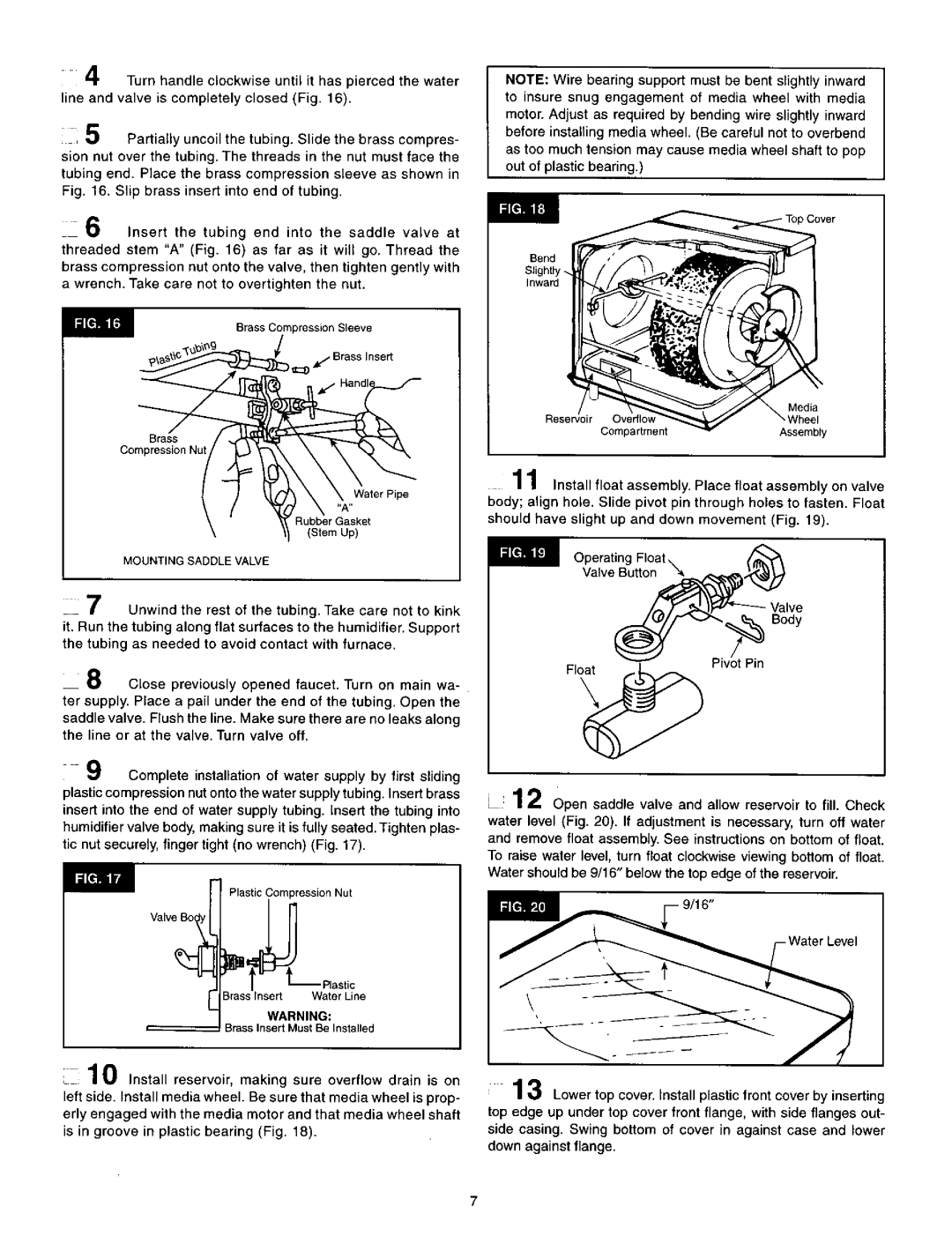1700 specifications
The Sears 1700 is a remarkable piece of technology that emerged during its heyday, capturing the attention of consumers with its innovative features and robust performance. Introduced in the late 20th century as part of Sears' commitment to offering quality products, the 1700 quickly established itself as a reliable option for those seeking an efficient and user-friendly appliance.One of the most notable features of the Sears 1700 is its powerful motor, which allows for efficient operation across a range of tasks. Whether it’s tackling heavy laundry loads or managing daily chores, the motor ensures that it delivers consistent performance. Apart from its strength, the noise reduction technology implemented in the design helps maintain a quieter environment during operation, addressing a common complaint from users of similar appliances.
In terms of design, the Sears 1700 boasts a sleek, modern aesthetic that integrates well into any household. With a user-friendly interface, it features intuitive controls, making it accessible to users of all ages. This commitment to user experience is reflected in the layout, with clearly labeled buttons and dials for ease of use.
Another significant aspect of the Sears 1700 is its versatility. It offers multiple settings tailored to different fabric types, ensuring optimal care and cleaning for garments. This adaptability makes it an essential appliance for families, allowing users to wash everything from delicate fabrics to heavy-duty items without compromising on quality.
The technology behind the Sears 1700 also includes energy-efficient settings, allowing users to save on utility bills while reducing their environmental footprint. This focus on sustainability is part of a broader trend in the appliance industry toward energy conservation, appealing to eco-conscious consumers.
Durability is another hallmark of the Sears 1700. Constructed with high-quality materials, it is designed to withstand the rigors of daily use. This reliability, combined with a warranty for peace of mind, has led many consumers to consider the Sears 1700 a long-term investment for their household needs.
In summary, the Sears 1700 stands out due to its powerful motor, noise reduction technology, user-friendly design, versatility, energy efficiency, and durability. These features collectively position it as a quality choice for consumers looking to enhance their home appliance lineup. Whether for laundry or other household tasks, the Sears 1700 has proven to be a dependable and efficient solution for many families.

